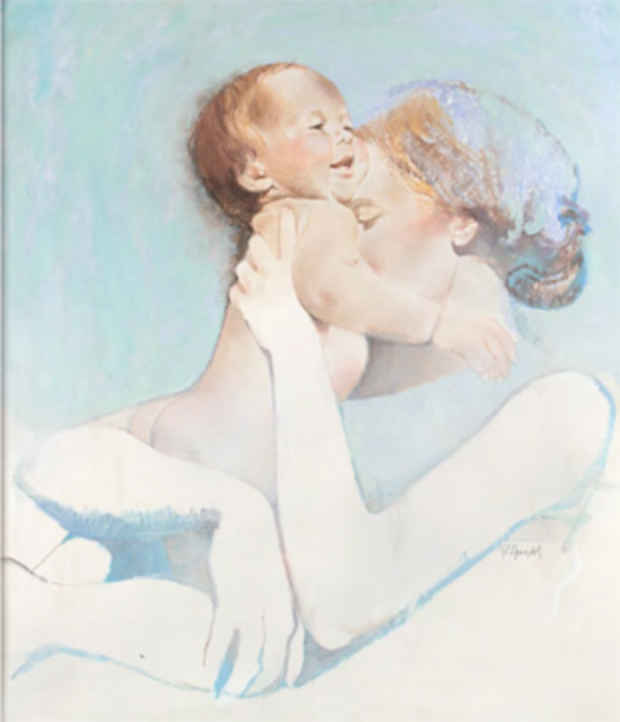"Here's Looking At You Kid" Exhibition
The Museum of American Illustration at the Society of Illustrators

This event has ended.
Until the mid-20th century, American illustrators portrayed children as wholesome, often funny, always innocent. Taking up the theme were some of America’s most preeminent illustrators, among them William Glackens, whose “Guess Who, Grandpa” is unreservedly coy, Reginald Birch, of Little Lord Fauntleroy fame, whose frenetic park scene captures the thrum of city life, and F.R. Gruger, whose intimate city scene is rendered with great sensitivity.
Women illustrators, who often were hired by periodicals when the subject was children, included Katherine Sturges Knight (mother of Eloise illustrator Hilary Knight), and Maud Hunt Squire, whose images are reminiscent of Japanese woodblocks. Kids were also used not only as editorial fodder, but also to sell the new, mass-produced cereals, most memorably in the Cream of Wheat campaigns featuring healthy well-fed tots. Other upstanding kids can be seen in J.C. Leyendecker’s Boy Scout selling WWI war bonds, and John Falter’s boy at prayer for Reader’s Digest.
Then there are the naughty kids: A.B. Frost’s hilarious deadpan girl in “I Think There’s Something the Matter With Pop,” or Robert Hilbert’s would-be Indian caught using his mother’s makeup. And of course, Norman Rockwell’s Huck Finn, the bad boy of all bad boys. By the 1960s, naiveté made room for darker themes as in Lorraine Fox’s young Sherlock, or Jerry Pinkney’s Holy Armor, in which two girls are drawn to devils and demons. For McCall’s, Herb Tauss captures the discomfort a young girl feels about her older brother’s romance, as the kids—along with the rest of the country—lose some of their innocence.
[Image: Robert Heindel]
Media
Schedule
from January 31, 2012 to March 31, 2012